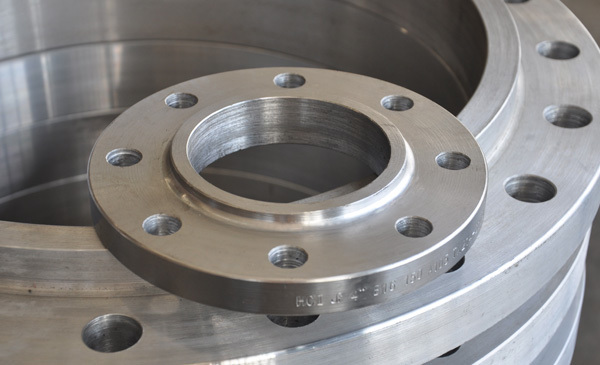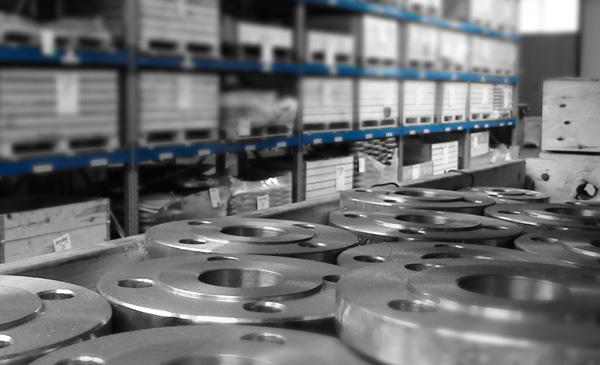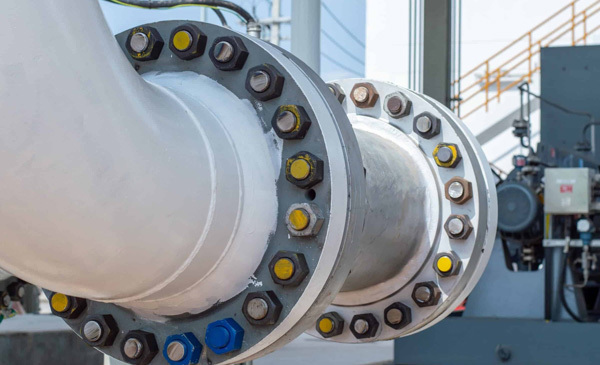Can stainless steel flange plates be produced without drawings?
Stainless steel flange plates require drawings for production, unless there are regulations from relevant departments. Without drawings, production is not possible. There are two ways to create drawings for such products, specifically referring to flat drawings, not those created with CAD software viewed on a computer.
2023-03-07
How to choose the material for stainless steel flanges
Mainly used in the food industry and surgical instruments, adding molybdenum gives it a special structure that is resistant to corrosion. Compared to 304, it has better resistance to chloride corrosion, thus it is also used as "marine steel." SS316 is typically used in nuclear fuel recycling devices. 18/10 grade stainless steel usually also meets this application level.
2023-03-03
Performance of stainless steel flanges
Stainless steel flanges do not corrode, pit, or rust, and are not easily worn. Stainless steel is one of the strongest materials used in construction. Due to its good corrosion resistance, it can permanently maintain the integrity of structural components as designed. Chromium-containing stainless steel stamped flanges also combine mechanical strength and high ductility, making them easy to process and manufacture, meeting the needs of architects and structural designers. All metals will react with the oxygen in the atmosphere, forming an oxide film on the surface.
2023-03-03
The origin, definition, and function of flanges
A flange is a transliteration of the English word 'FLANGE', also known as a flange plate or rim. A flange is a part that connects pipes, valves, pumps, and other equipment to form a piping system. Flanges are sealed with gaskets, and they have holes through which bolts connect the two flanges tightly. Before the invention of flanges, rivets were used for connecting and fixing structures. The introduction of flanges has made the construction and processing of crude oil simpler. A flange is an item or part with a rim, which can be separate and may have holes or not. Flanges are often used for edge positioning. Stainless steel flange connections are the primary connection structure in pipeline construction. Flange connections involve fixing two pipes, fittings, or devices to a flange plate, then adding a flange gasket between the two flange plates and tightening them together with bolts to achieve the connection. Some fittings and devices already come with flange plates, which also belong to flange connections.
2023-03-03
Common reasons for flange leakage
Misalignment refers to the situation where the pipe and flange are aligned straight, but the two flanges are not concentric, causing the surrounding bolts to not easily enter the bolt holes. Some may choose to enlarge the holes or use smaller bolts, but this will reduce the clamping force of the flange.
2023-03-03







